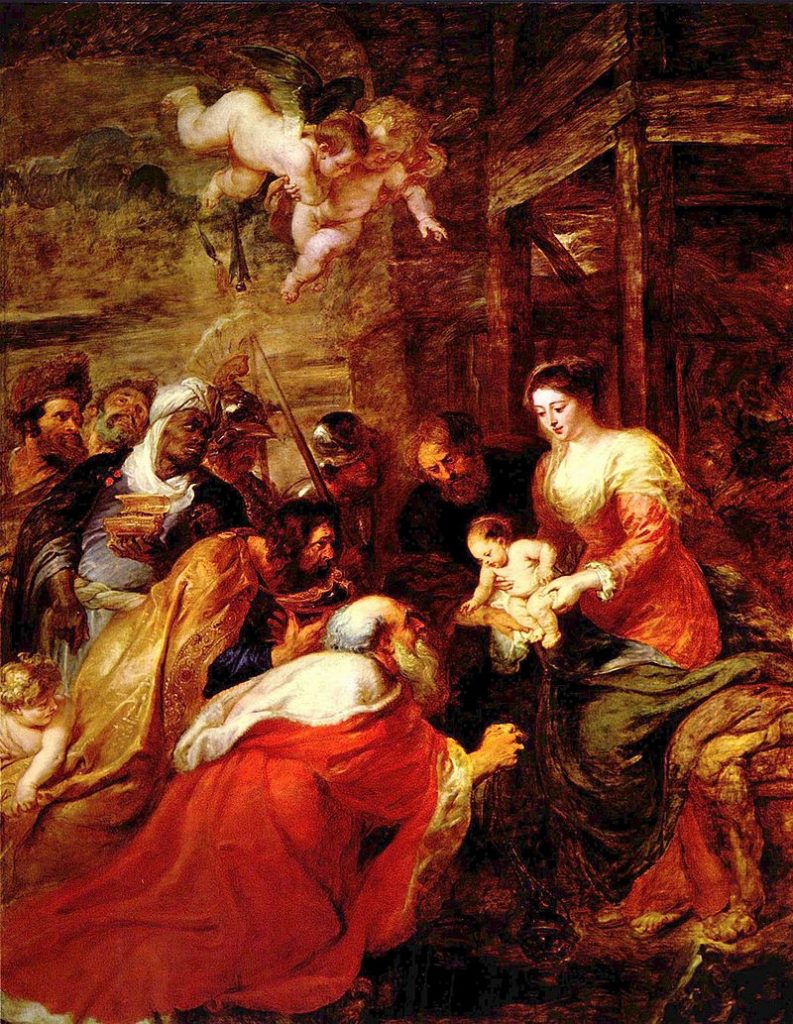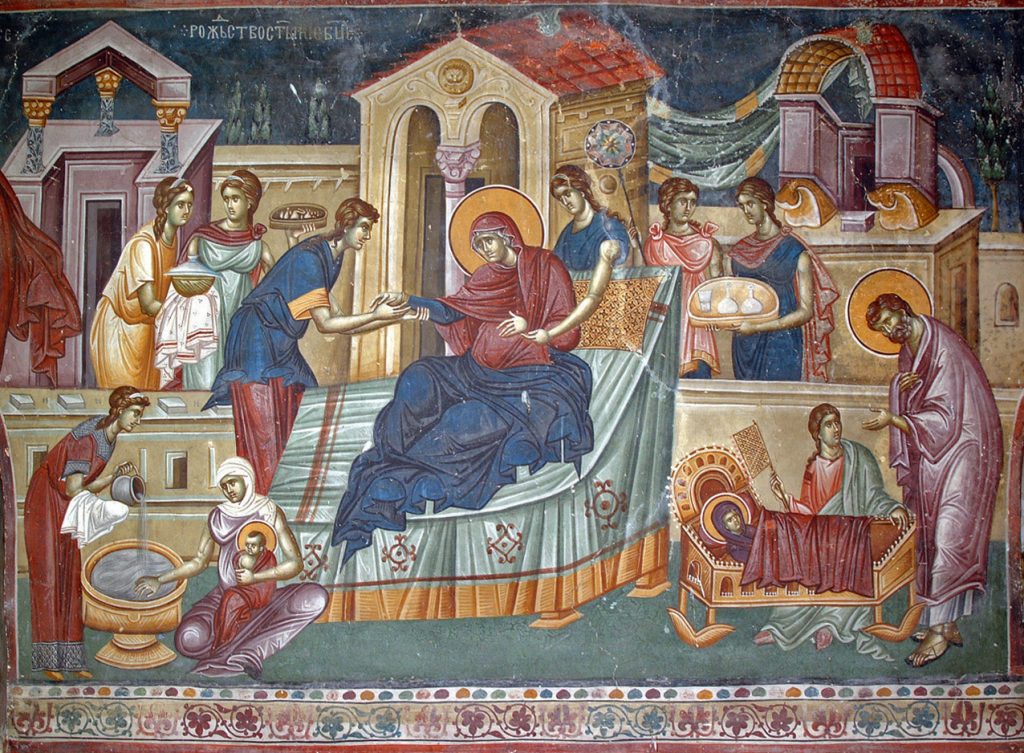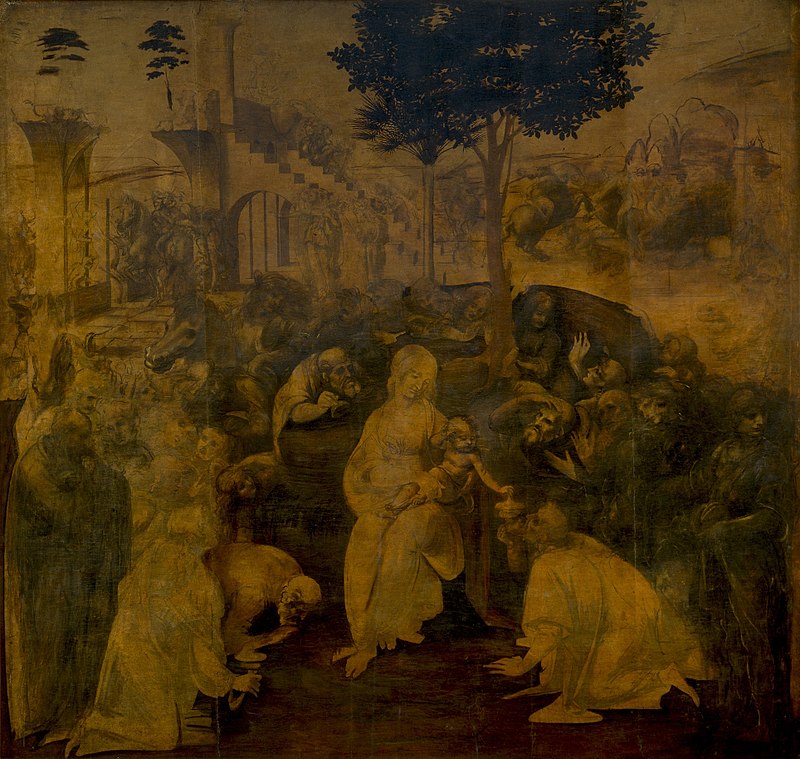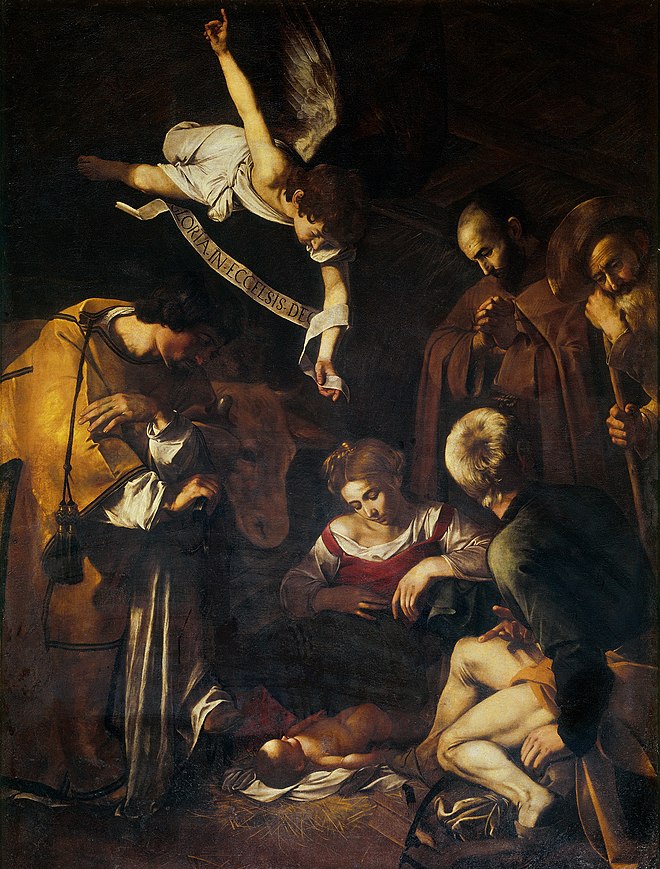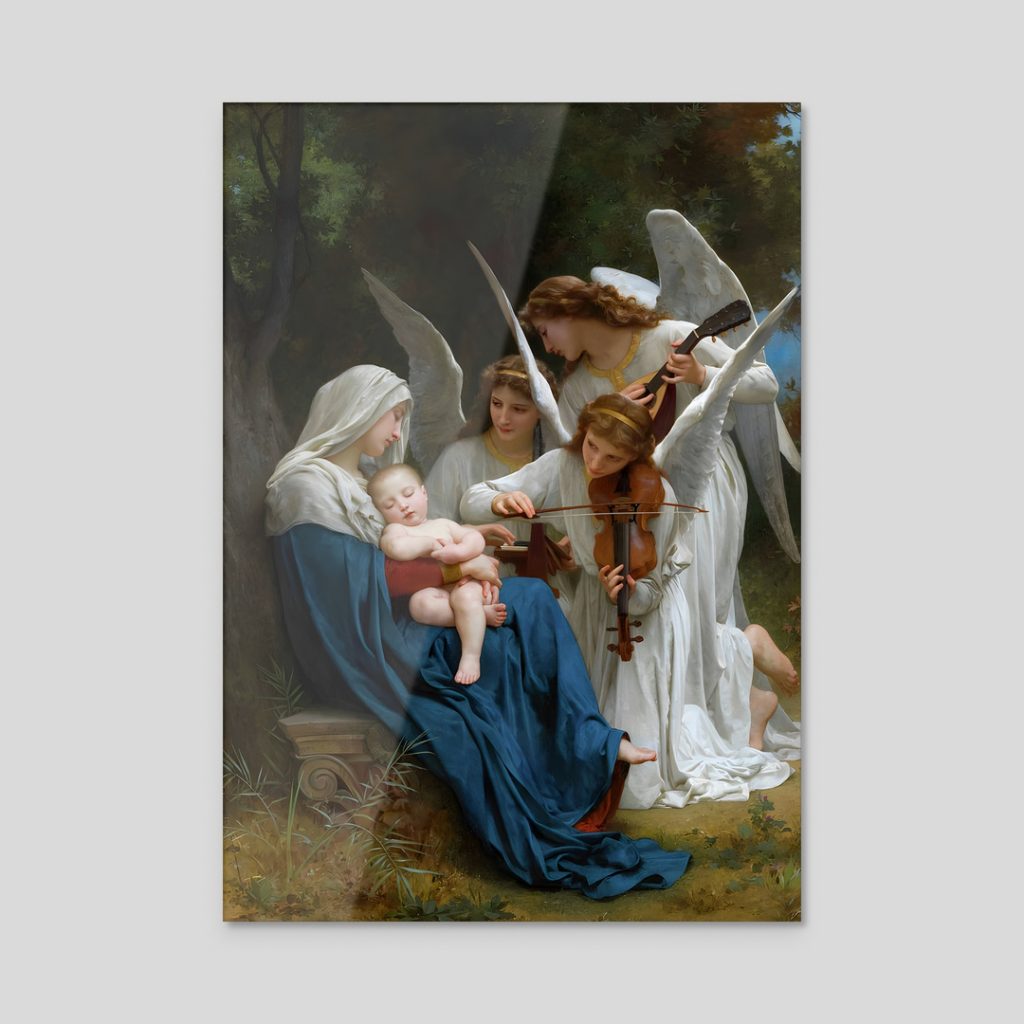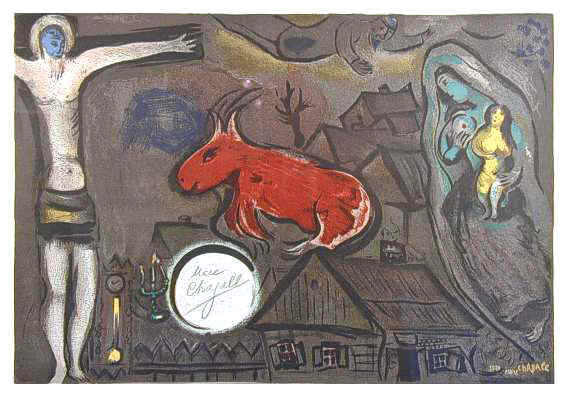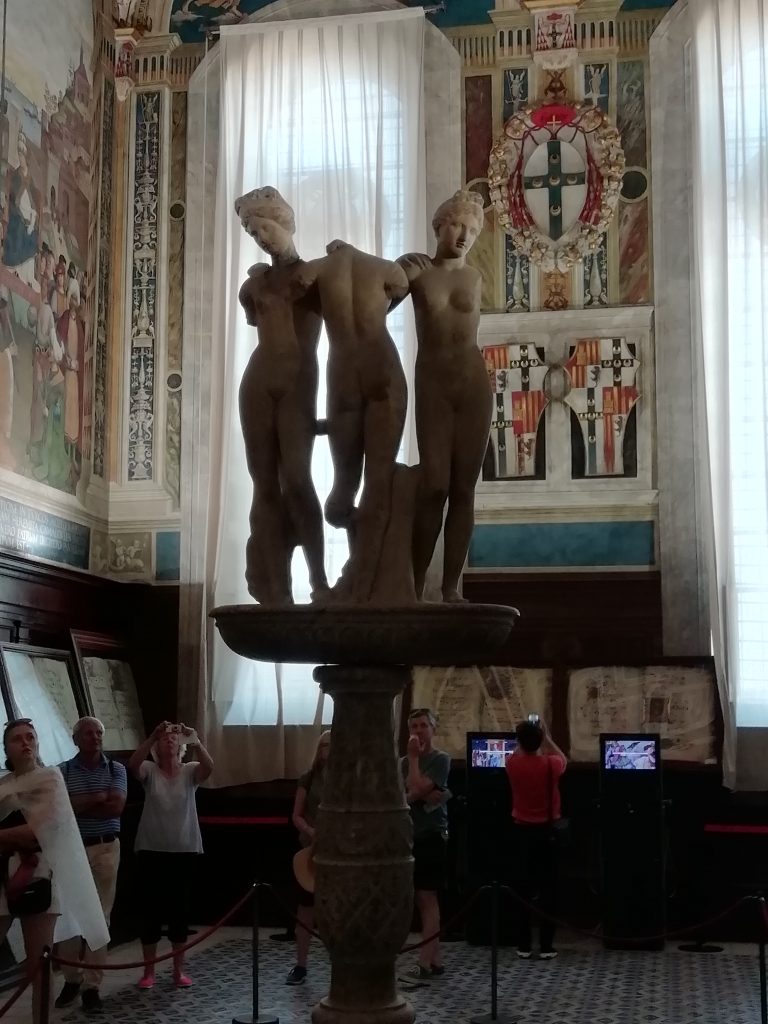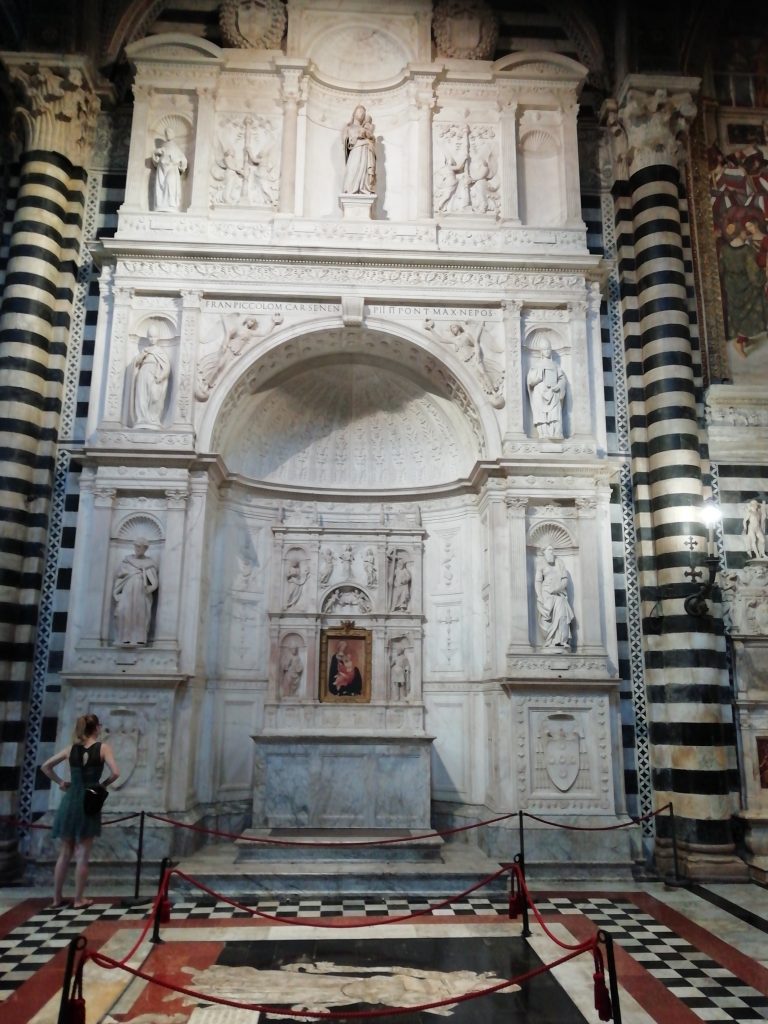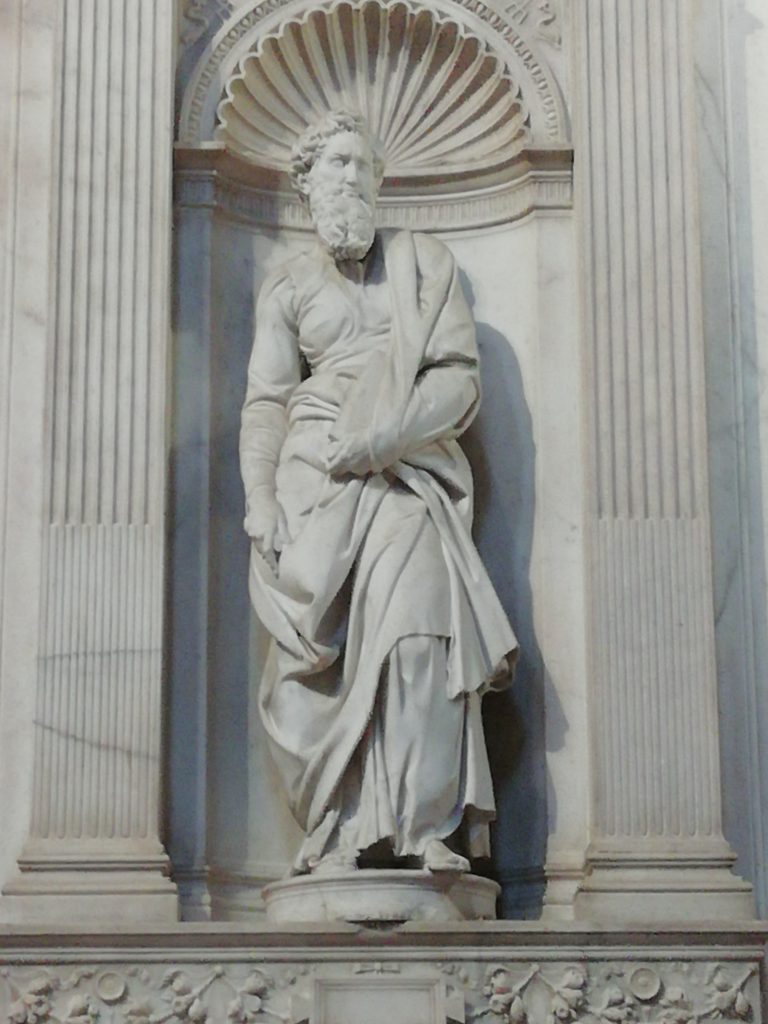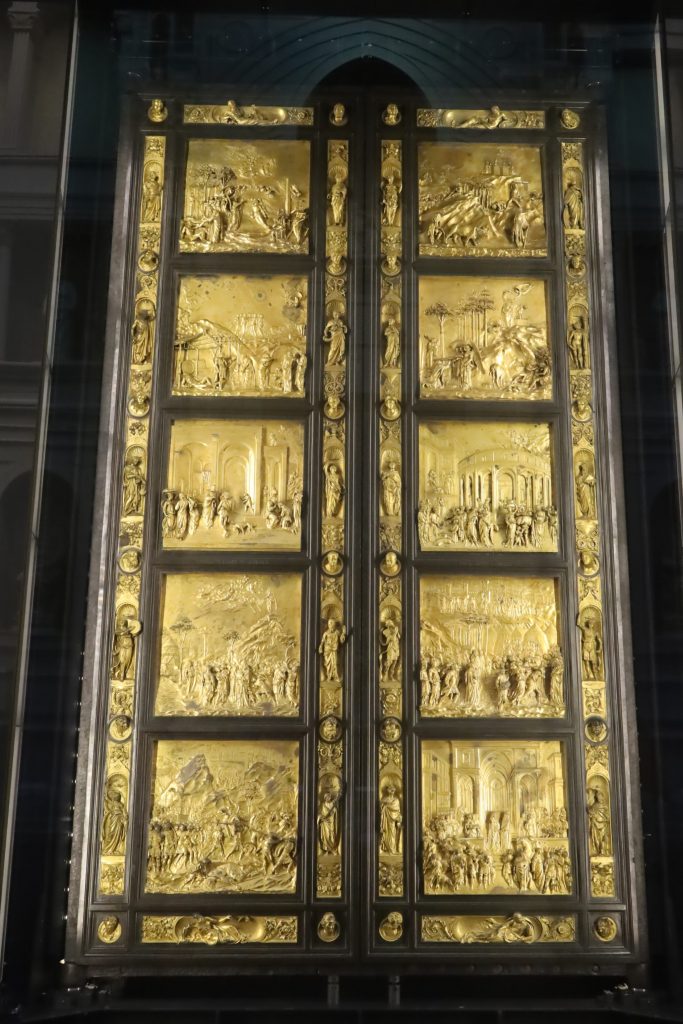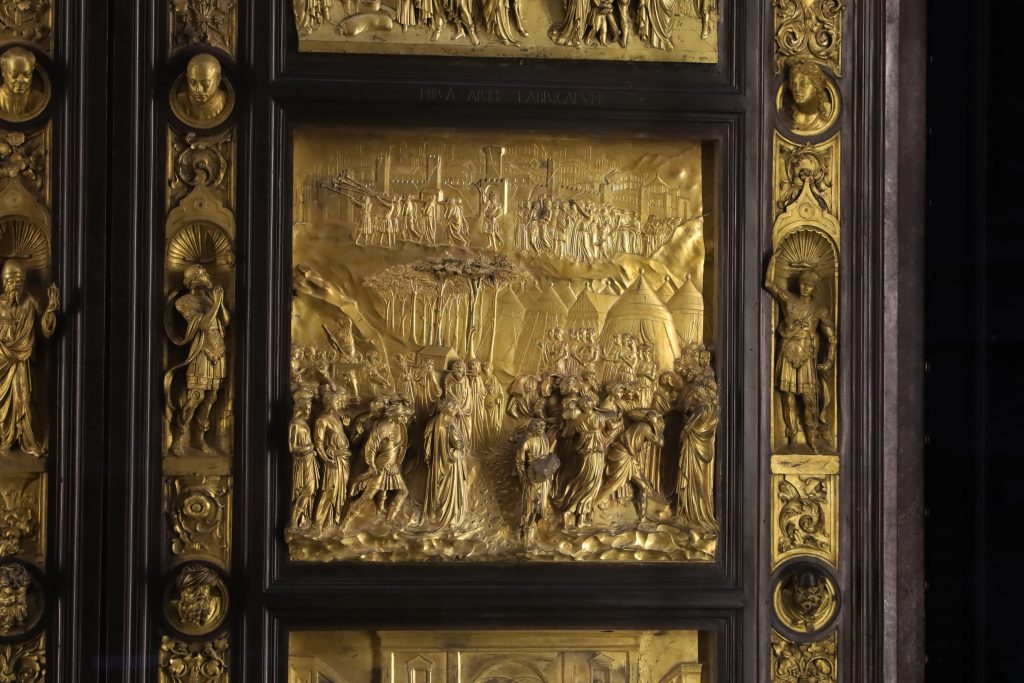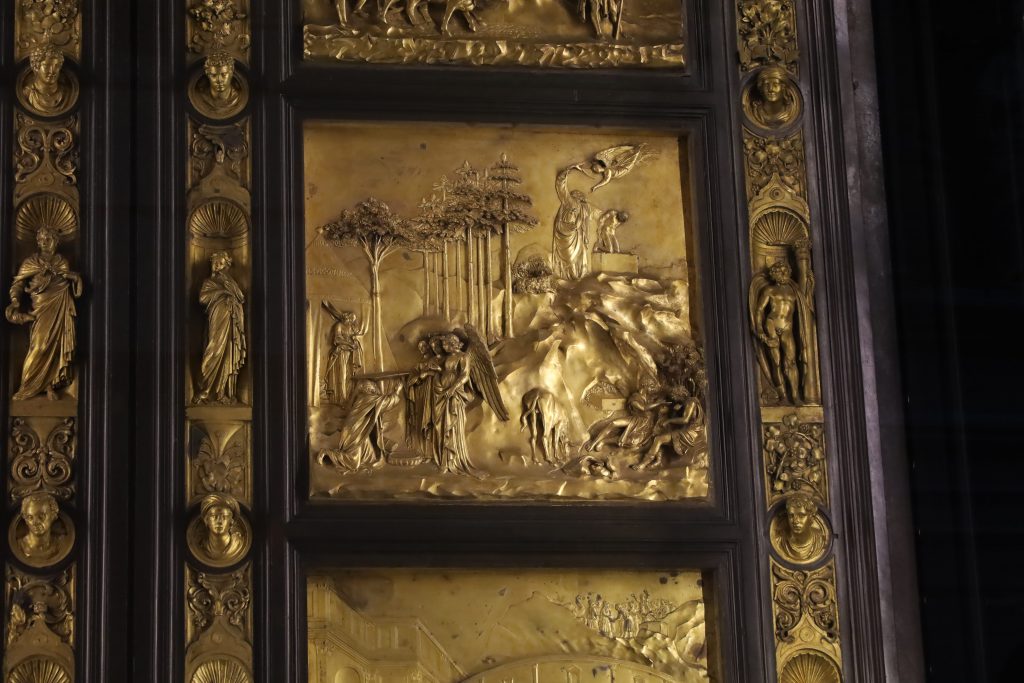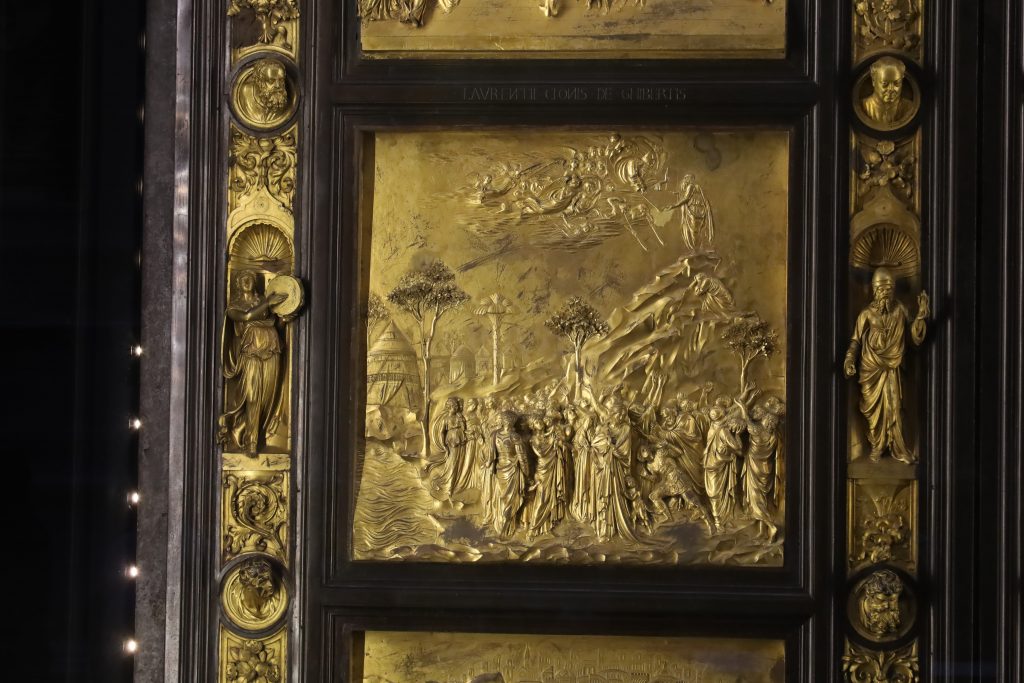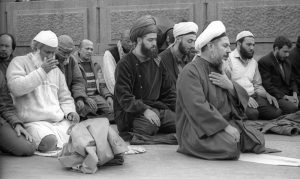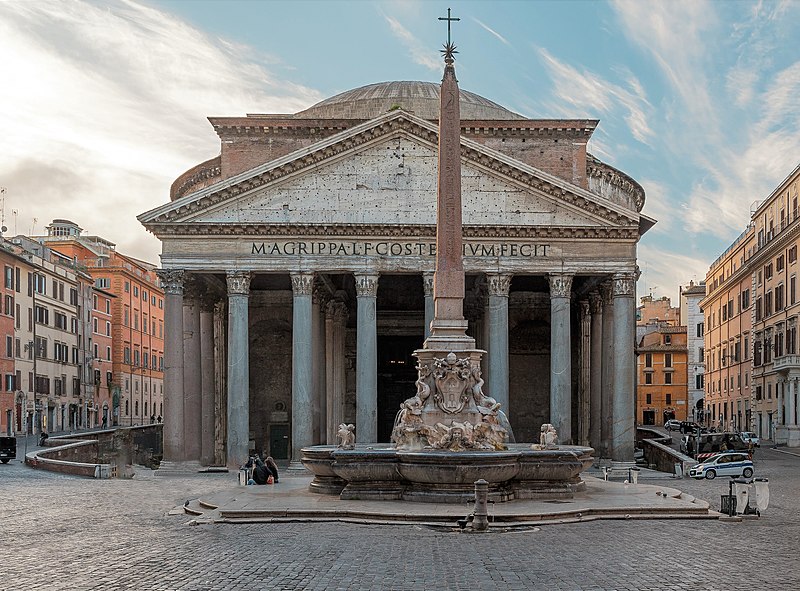
The Pantheon in Rome stands as a testament to the architectural prowess and cultural significance of ancient Rome. Completed by Emperor Hadrian around 126 AD, this iconic structure has withstood the test of time, remaining one of the best-preserved buildings from antiquity. The term “Pantheon” itself, derived from Greek roots meaning “all gods,” reflects its original purpose as a temple dedicated to all Roman deities.

One of the Pantheon’s most striking features is its massive dome, a marvel of engineering that remained unrivaled for centuries. The dome’s design showcases the ingenuity of Roman architects, as it was constructed using a combination of concrete and lightweight materials. The oculus, a large opening at the apex of the dome, not only adds to the building’s aesthetic appeal but also serves a functional purpose, allowing natural light to filter into the interior.
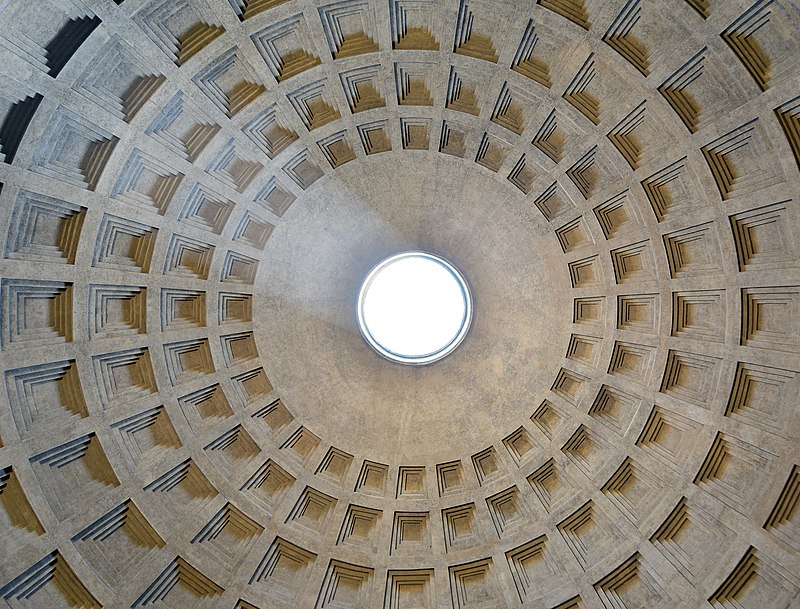
The Dome from inside looking upwards
Upon entering the Pantheon, visitors are greeted by a vast, circular space adorned with intricate marble columns and a stunning coffered ceiling. The interior layout, characterized by its harmonious proportions, creates a sense of grandeur and balance. The attention to detail in the Pantheon’s design reflects the Romans’ commitment to architectural excellence and their desire to create structures that embodied both beauty and functionality.
Over the centuries, the Pantheon has undergone various transformations. Originally a pagan temple, it was later consecrated as a Christian church, helping to preserve its integrity and protect it from the neglect that befell many ancient Roman structures. This adaptability underscores the Pantheon’s resilience and its ability to transcend its original religious context.
The Pantheon’s influence extends beyond its architectural significance. Artists, architects, and scholars throughout history have drawn inspiration from its design, making it a timeless symbol of classical aesthetics. Its impact is evident in numerous architectural works, both in Europe and beyond, showcasing the enduring legacy of Roman engineering and design principles.
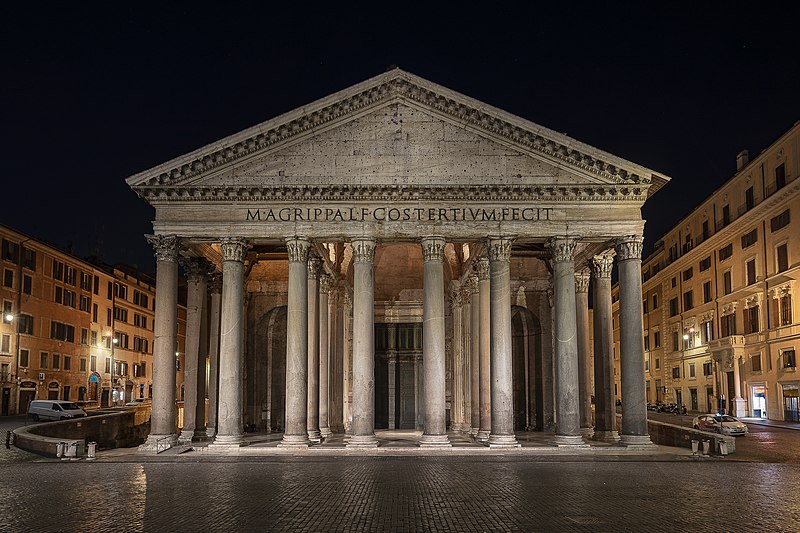
In conclusion, the Pantheon in Rome remains an architectural marvel and a cultural treasure. Its dome, interior layout, and adaptability highlight the ingenuity of ancient Roman builders. As a symbol of both pagan worship and Christian devotion, the Pantheon reflects the ever-evolving nature of historical and cultural narratives. Visiting this iconic structure allows us to step back in time and appreciate the enduring legacy of Roman engineering and artistic achievement.

